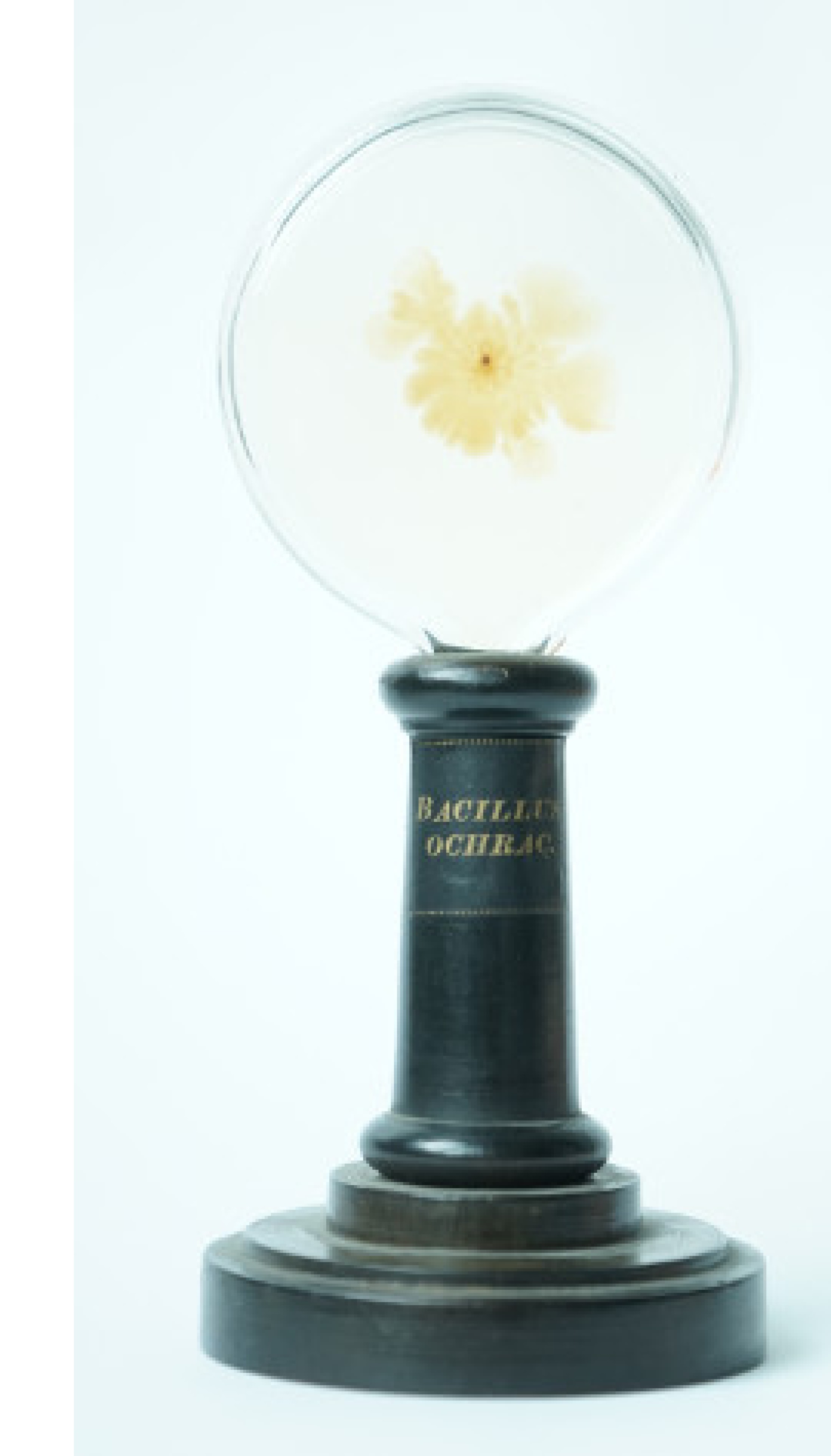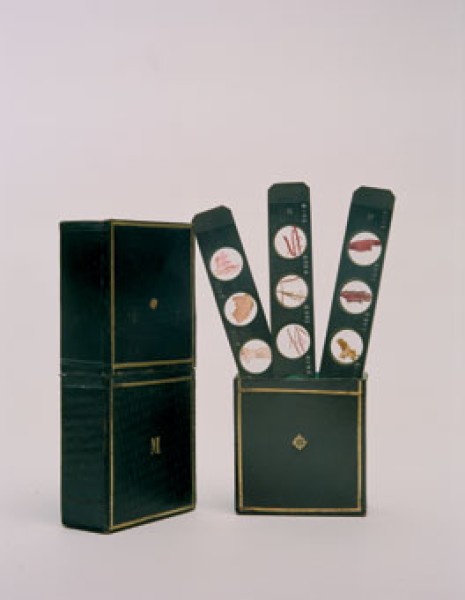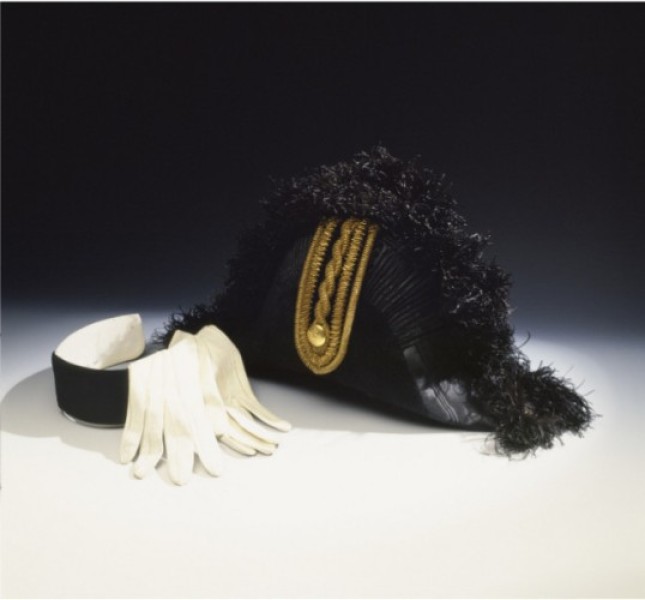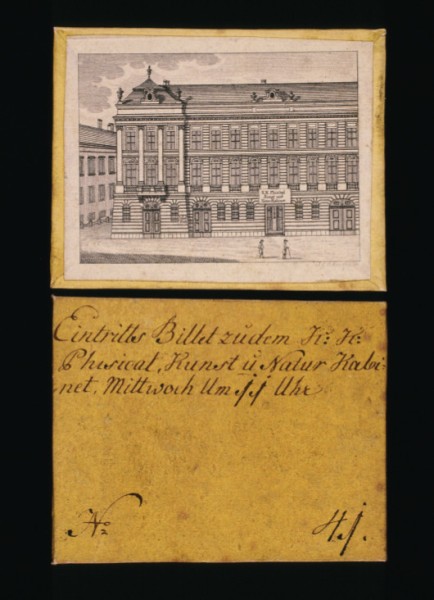This is why the storerooms also contain collections of physical objects. From printing blocks to old typewriters and cameras, utensils are kept in storage, some of which give the impression of being curiosities, such as a portable toilet, water jugs, bricks remaining from the laying of the foundation stone of the museum, as well as small dioramas and parts of the full-dress uniform of a museum attendant from about 1900. Of particular value are the microscopic specimens, which Emperor Ferdinand I (1793 – 1875), known as “the benevolent”, produced himself. Further objects include the over 100-year-old bacteria cultures bred by Franz Kral.





